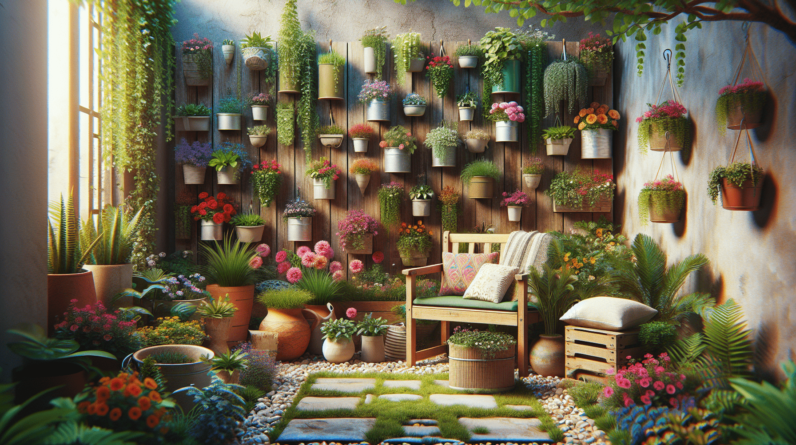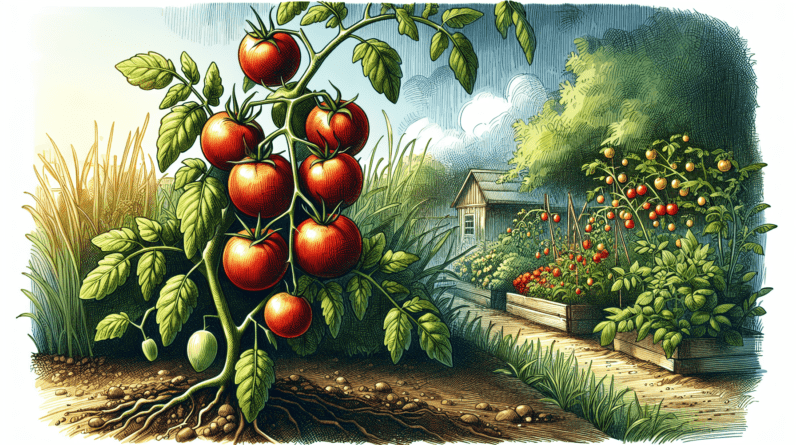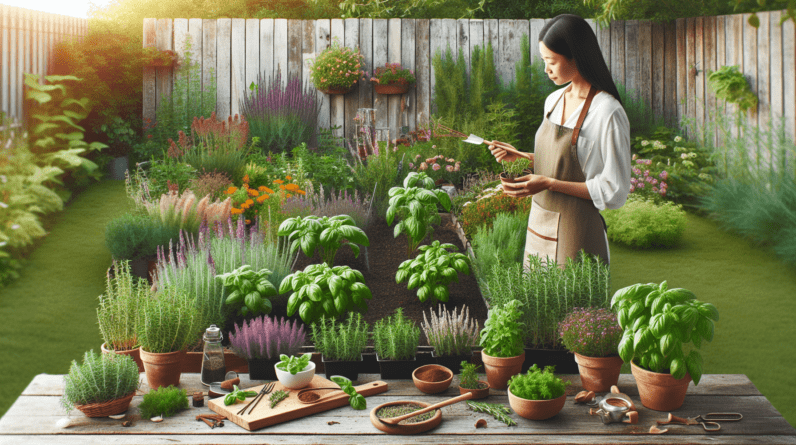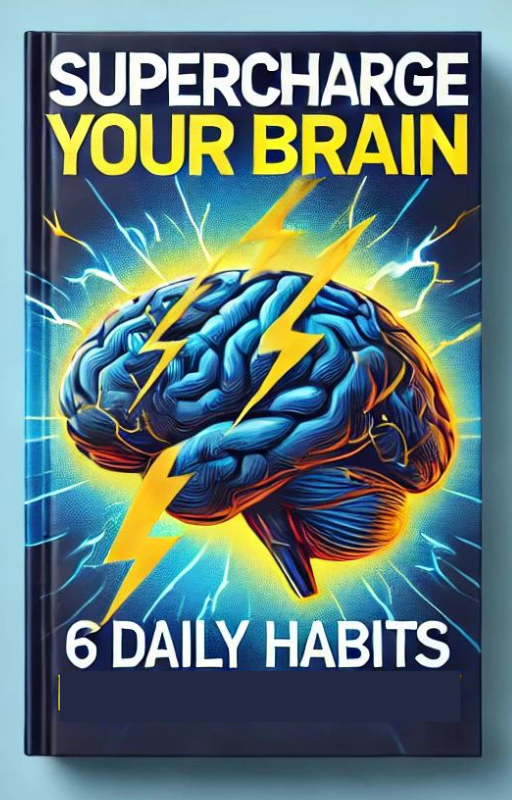
Soil Preparation and Fertilization for Gardens: A Comprehensive Guide
Gardening is a rewarding hobby that can provide you with fresh produce, beautiful flowers, and a sense of accomplishment. However, to achieve a bountiful harvest or a stunning garden, you need to start with healthy soil. Soil preparation and fertilization are essential steps in creating a thriving garden. In this article, we will explore the best practices for soil preparation and fertilization for gardens.
| Key Takeaways |
|---|
| Soil preparation and fertilization are essential steps in creating a thriving garden. |
| Soil testing can help you determine the type of soil you have and what nutrients it needs. |
| Composting is an excellent way to improve soil quality and add nutrients to your garden. |
| Mulching helps retain moisture in the soil, suppress weeds, and regulate soil temperature. |
| Organic fertilizers are made from natural sources and are an excellent choice for gardeners who want to avoid synthetic chemicals. |
| Inorganic fertilizers are synthetic fertilizers that are made from chemicals and are a good choice for gardeners who want to provide their plants with a quick boost of nutrients. |
| Proper application of fertilizers and soil amendments is essential to ensure optimal plant growth. |
Introduction
Soil preparation and fertilization are crucial steps in gardening. Proper soil preparation ensures that your plants have the right environment to grow and thrive. Fertilization provides essential nutrients to your plants, which they need to grow and produce fruit or flowers. In this article, we will discuss the best practices for soil preparation and fertilization for gardens.
Soil Testing
Before you start preparing your soil, it’s essential to know what type of soil you have and what nutrients it needs. Soil testing is a simple process that can help you determine the pH level of your soil and what nutrients it lacks. You can purchase a soil testing kit from your local garden center or send a sample of your soil to a lab for analysis.
Soil Preparation
Soil preparation is the process of preparing your soil for planting. There are several methods of soil preparation, including tilling, double digging, and no-till gardening. Tilling involves breaking up the soil with a tiller or garden fork. Double digging is a more labor-intensive method that involves digging a trench and loosening the soil at the bottom. No-till gardening is a method of gardening that involves leaving the soil undisturbed and adding organic matter on top.
Composting
Composting is the process of breaking down organic matter into a nutrient-rich soil amendment. Composting is an excellent way to improve soil quality and add nutrients to your garden. You can compost kitchen scraps, yard waste, and other organic matter to create a rich compost that you can add to your soil.

Mulching
Mulching is the process of adding a layer of organic matter on top of your soil. Mulching helps retain moisture in the soil, suppress weeds, and regulate soil temperature. You can use a variety of materials for mulching, including straw, leaves, and grass clippings.
Fertilization
Fertilization is the process of adding essential nutrients to your soil. There are two types of fertilizers: organic and inorganic. Organic fertilizers are made from natural sources, such as compost and manure. Inorganic fertilizers are made from synthetic materials. Both types of fertilizers have their advantages and disadvantages.
Organic Fertilizers
Organic fertilizers are an excellent choice for gardeners who want to avoid synthetic chemicals. Organic fertilizers are made from natural sources, such as compost, manure, and bone meal. Organic fertilizers are slow-release fertilizers, which means they release nutrients slowly over time.
Inorganic Fertilizers
Inorganic fertilizers are synthetic fertilizers that are made from chemicals. Inorganic fertilizers are fast-release fertilizers, which means they release nutrients quickly. Inorganic fertilizers are an excellent choice for gardeners who want to provide their plants with a quick boost of nutrients.
Application
Once you have prepared your soil and added fertilizers, it’s time to plant your garden. When planting, it’s essential to follow the recommended spacing and depth for each plant. You should also water your plants regularly and monitor them for pests and diseases.
Conclusion
Soil preparation and fertilization are essential steps in creating a thriving garden. By following the best practices for soil preparation and fertilization, you can ensure that your plants have the right environment to grow and thrive. In the second half of this article, we will discuss the different types of fertilizers and how to choose the right one for your garden.
FAQ
- Why is soil preparation important for gardening? Soil preparation is essential for gardening because it ensures that your plants have the right environment to grow and thrive. Proper soil preparation can help improve soil quality, increase nutrient availability, and promote healthy root growth.
- What is the best way to fertilize a garden? There are two types of fertilizers: organic and inorganic. Organic fertilizers are made from natural sources, such as compost and manure. Inorganic fertilizers are made from synthetic materials. Both types of fertilizers have their advantages and disadvantages. The best way to fertilize your garden depends on your specific needs and preferences.
- How often should I test my soil? It’s a good idea to test your soil every three to four years to ensure that it has the right pH level and nutrient balance. You can purchase a soil testing kit from your local garden center or send a sample of your soil to a lab for analysis.






